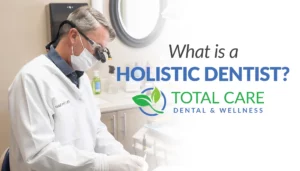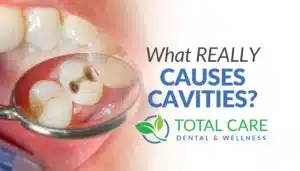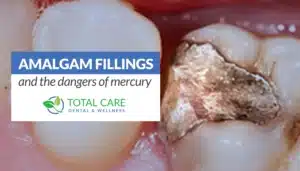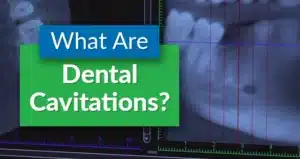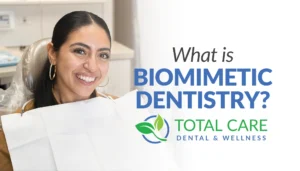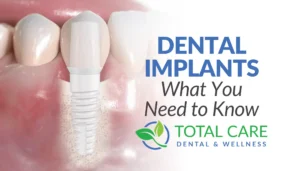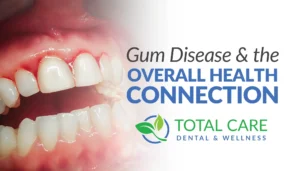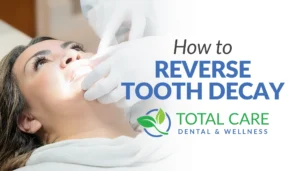What is Biomimetic Dentistry?
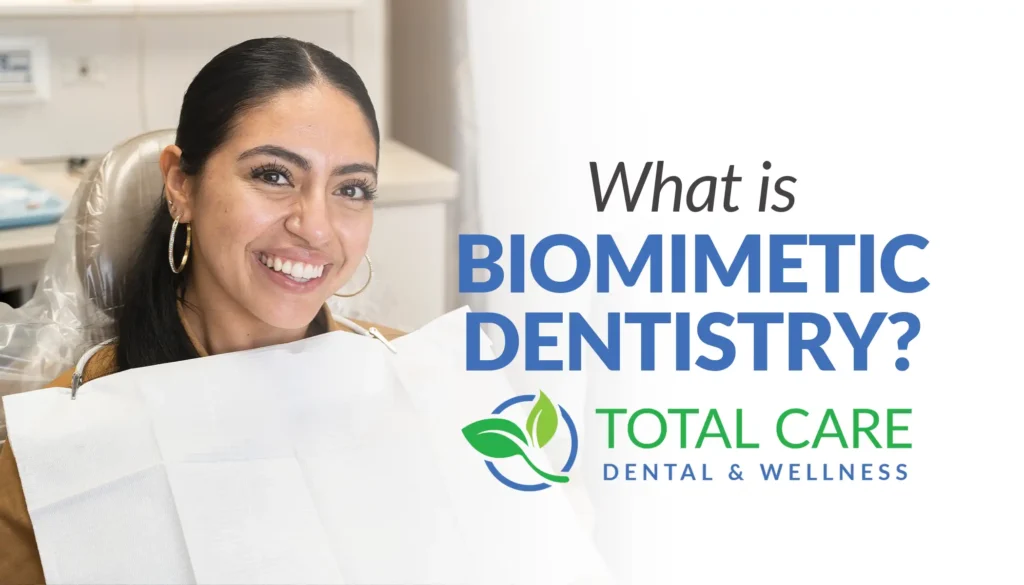
In this section, we’re going to be answering the question: “What is biomimetic dentistry?”
If mercury fillings and root canal treatments are bad and are to be avoided if possible, what should you do instead?
How do you replace them with something that is better for you and still treats the problem?
That’s where the power of Biomimetic Dentistry comes in.
What is Biomimetic Dentistry?
Biomimetic Dentistry is the tool to use when considering your dental options.
Let’s take a closer look at the word “biomimetic” itself.
The first part of the word, “bio”, refers to our natural body.
The other root of the word is “mimic”.
Biomimetic dentistry mimics natural teeth and replaces tooth structure with something as close to natural tooth structure as possible. The goal is to return the tooth to its original strength, function, and esthetics.
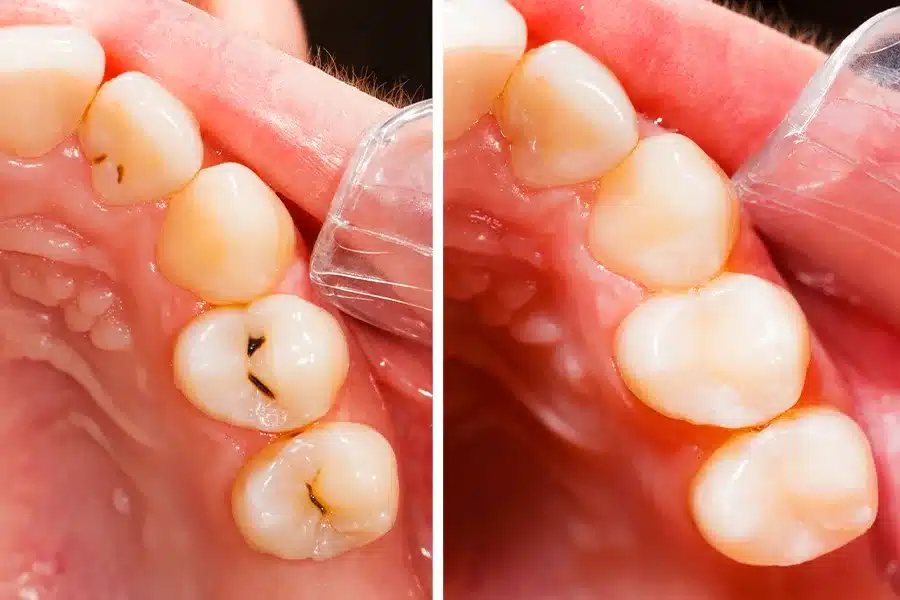
Traditional Dental Restorations And The Secret Danger Behind Them
Traditional methods of restorative dentistry focus on the strength of the filling or the crown. The typical rule in this line of work is ‘the stronger the better because you want to prevent the dental material from breaking.
Unfortunately, this leaves out what is best for the tooth and creates a cycle that isn’t too pretty.
Below is the sad but very real life cycle of a tooth that occurs once it has been traditionally restored.
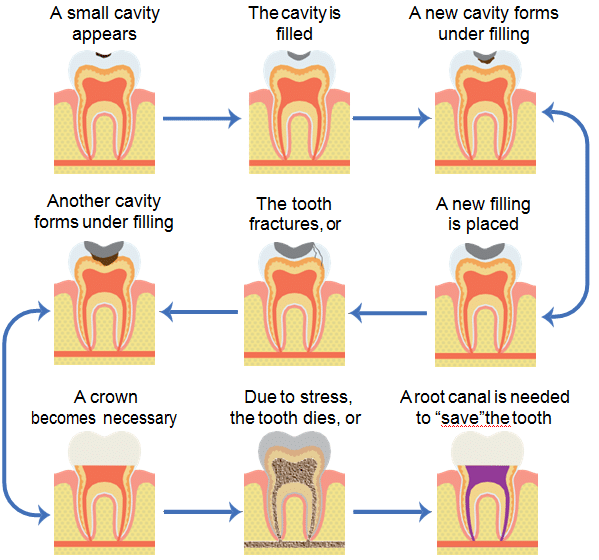
Here’s how the process starts in a traditional dentist’s office practicing traditional restorative dentistry:
A tooth gets a small cavity and is restored with a strong filling. If it’s a mercury filling, it will eventually get a new cavity underneath, which leads to a larger filling. Even new resin fillings often have to be replaced within 10 years of original placement, with the fillings getting larger each time.
That larger filling weakens the tooth, and sometimes that weakened tooth fractures.
The larger filling is also more difficult to place and may not be completely sealed at the edge. The filling then leaks, creating a cavity underneath again.
Not only can the cycle continue, but things typically get worse after the second cavity forms. Another filling may not be possible at this point because of the extent of the tooth structure that has been lost to cavities and breaking.
The tooth will now need a crown or an onlay (a porcelain restoration that covers a portion of the tooth rather than the entire tooth like a crown.)
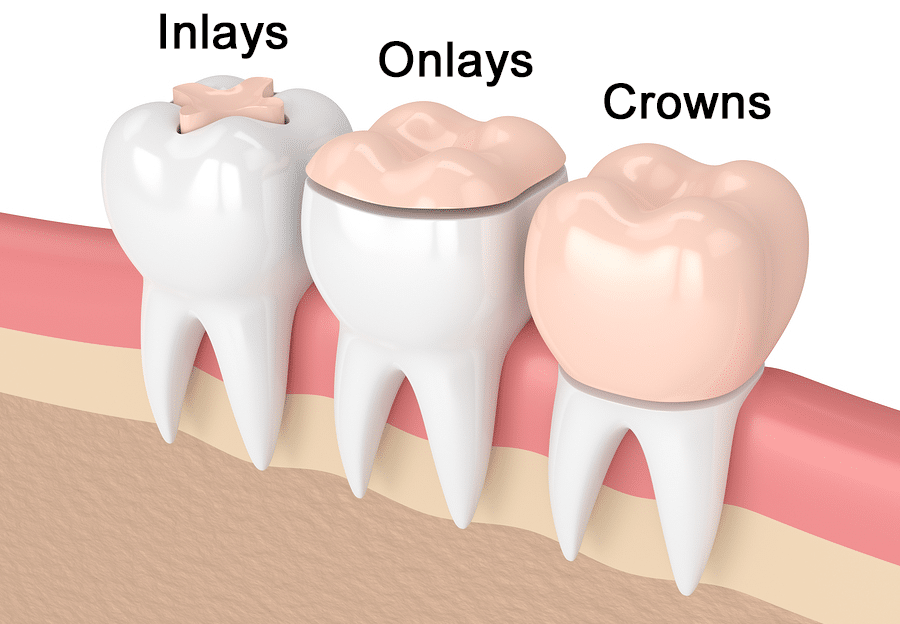
Preparing the tooth for the crown or onlay is stressful on the tooth and requires the removal of healthy tooth structure. It is possible for the tooth to eventually die from the stress of the filling and/or cavity being so close to the nerve.
Traditionally, a root canal would then be prescribed to “save” the tooth. If you’ve already read Chapter 5, you know how dangerous this can be.
The tooth with a root canal has a high chance of becoming reinfected, leading to the tooth being lost and replaced with a dental implant, or the person choosing to live without the tooth.
Not only is this a sad life cycle for a tooth, resulting in the loss of most of the remaining tooth structure, but it is also very costly.
Biomimetic dentistry does its best to stop this life cycle early in the process and prevent tooth loss and the cost associated with this dental tragedy.
What are Biomimetic Restorations and How Do They Differ From Traditional Dental Materials?
Your tooth needs something that can strengthen the part of your tooth that needs to be stronger and support and protect the part that is weak.
Biomimetic dentistry does just that! Biomimetic dentistry is tooth conserving dentistry.
If done correctly, 60-80% of traditional crowns and root canals can be avoided.
You read that right. Through these restorative techniques, more intact tooth structure can be saved and healthy tooth structure preserved.
What’s the secret? These techniques use a glass/resin mixture called composite, or porcelain, to seal and bond to the tooth. In addition, a holistic dentist will use ozone when placing these restorations to kill any bacteria that may still be living in the tooth.
This protects the tooth from further decay, prevents tooth sensitivity, and eliminates stress in the tooth
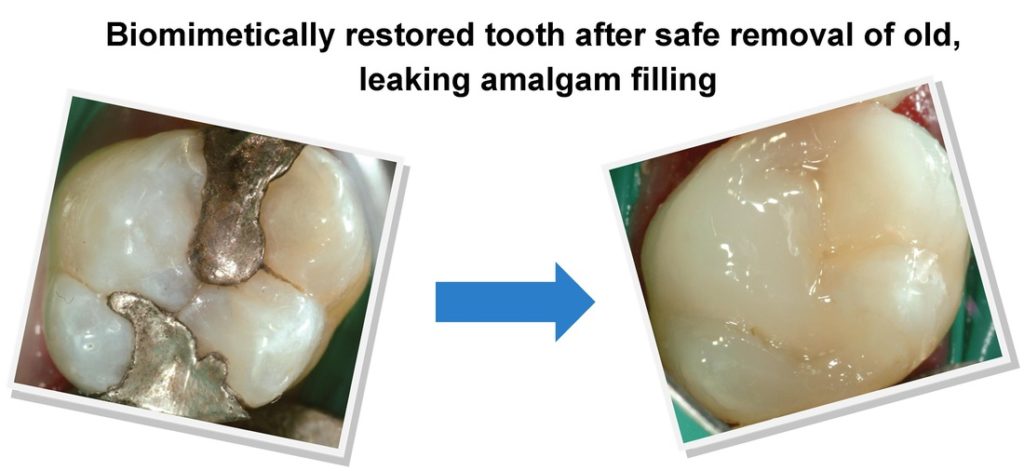
You may have heard of composite fillings and porcelain crowns or onlays.
Don’t be fooled into thinking they are all alike!
There are different ways to use these materials and hundreds of different brands that have very different properties.
Fish sticks and a beautifully cooked piece of fish at a fine restaurant are both technically fish. But the handling, the quality, and the preparation are very different.
Make sure you are getting the right kind of restoration, performed with a biomimetic approach.
I’ve seen many composite restorations function for less time than the mercury fillings they replaced.
Don’t make that mistake – the restorative material used will ultimately determine the success of the restoration.
There are, unfortunately, no dental materials that are the exact replacement for tooth structure. However, if you find a dentist who performs Biomimetic Dentistry and aims to preserve the intact tooth structure you can feel as confident as possible that you are getting a restoration similar to your natural tooth.
How Can You Find a Dentist That Performs Biomimetic Dentistry?
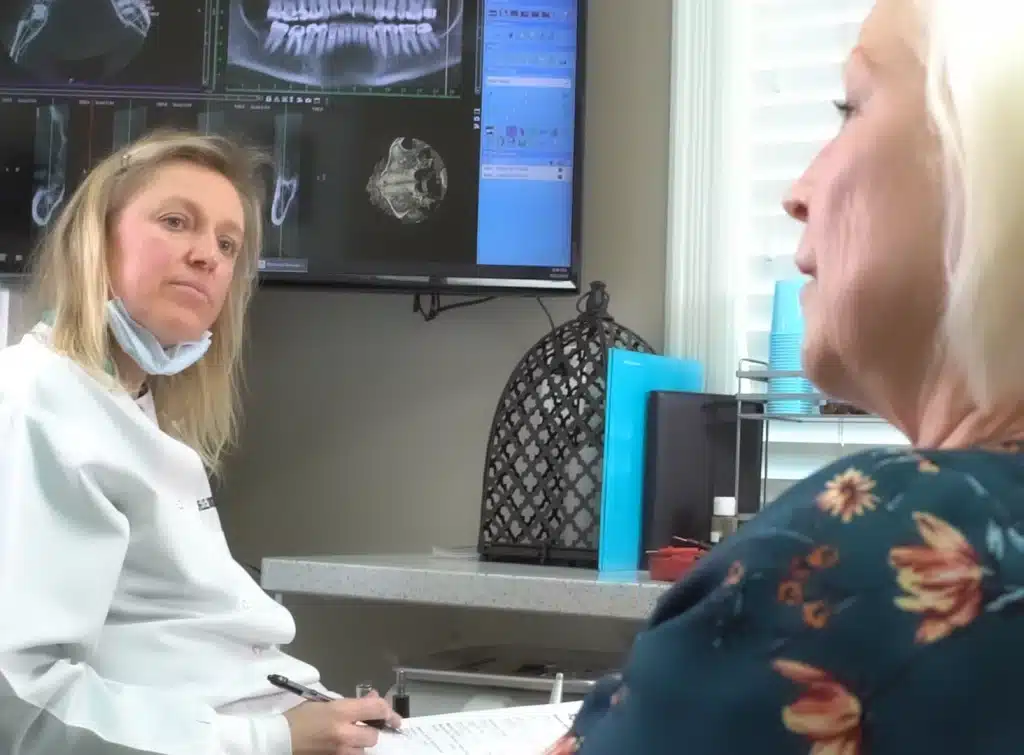
The materials used in the biomimetic method have been intensely researched and have over 25 years of proven clinical success.
However, it’s important to understand that not just any dentist performs biomimetic restorations.
Unlike traditional restoration methods, biomimetic dentistry will take a dentist more time to complete, and few dentists (fewer than 1%) have received the necessary training.
Interested in finding a biomimetic dentist to replace fillings and restore your teeth?
Here’s our recommendation:
Search online for “biological dentist”, then follow up with a call to make sure the dentists you found are properly qualified.
Go back through this chapter again if you need to make sure you understand what separates a biomimetic dentist from a traditional one.
Lastly, you can check out my Living Well Dentist Directory, which lists holistic dentists and health-based dentists who focus on biomimetic dentistry and provide biomimetic restorations.
I know that biomimetic dentistry can leave you feeling and looking great!
Finding A Holistic Balance
One word of caution with biomimetic dentistry:
Biomimetic Dentistry organizations are not entirely holistic in nature.
They are instead focused on replacing dental structures, not necessarily on whole-body health.
Biomimetic dentistry, performed along with Holistic and Biologic Dental practices, is the best of all worlds.
The focus of this chapter was to teach you a better alternative to traditional treatment. I don’t want to tell you everything that is wrong with something without giving you a better alternative!
In this chapter, you learned some alternatives to traditional fillings, crowns, and root canals.
In chapter 8 you’ll learn about how you can have beautiful, bio-compatible teeth even if you have had a tooth removed!
Schedule Your New Patient Exam With Total Care Dental & Wellness
With a comprehensive exam, you’ll receive:
- A low dose cone beam 3d Dental Xray (CBCT)
- Tooth Xrays
- Dental photographs
- A comprehensive gum exam with an intraoral scan
- A comprehensive oral exam by a Total Care Doctor
- Jaw joint exam
- Oxygen, Sleep, and Airway Evaluation
You will leave the appointment with a report of findings and treatment recommendations from your doctor and care coordinator. Finances, scheduling, and other instructions will also be provided.



